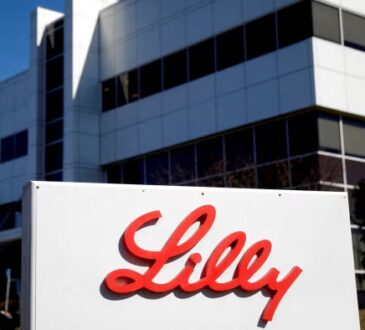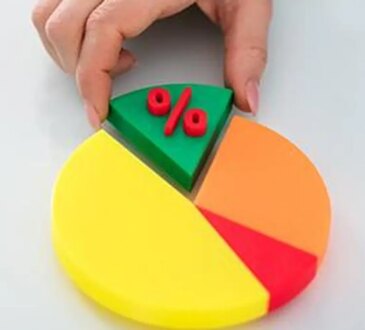Here’s Why We’re Wary Of Buying EJF Investments’ (LON:EJFI) For Its Upcoming Dividend
EJF Investments Limited (LON:EJFI) stock is about to trade ex-dividend in 3 days. The ex-dividend date generally occurs two days before the record date, which is the day on which shareholders need to be on the company’s books in order to receive a dividend. It is important to be aware of the ex-dividend date because any trade on the stock needs to have been settled on or before the record date. This means that investors who purchase EJF Investments’ shares on or after the 1st of May will not receive the dividend, which will be paid on the 30th of May.
The company’s next dividend payment will be UK£0.02675 per share, on the back of last year when the company paid a total of UK£0.11 to shareholders. Last year’s total dividend payments show that EJF Investments has a trailing yield of 9.2% on the current share price of UK£1.165. Dividends are an important source of income to many shareholders, but the health of the business is crucial to maintaining those dividends. That’s why we should always check whether the dividend payments appear sustainable, and if the company is growing.
Our free stock report includes 2 warning signs investors should be aware of before investing in EJF Investments. Read for free now.
Dividends are typically paid out of company income, so if a company pays out more than it earned, its dividend is usually at a higher risk of being cut. EJF Investments is paying out an acceptable 70% of its profit, a common payout level among most companies.
Companies that pay out less in dividends than they earn in profits generally have more sustainable dividends. The lower the payout ratio, the more wiggle room the business has before it could be forced to cut the dividend.
See our latest analysis for EJF Investments
Click here to see how much of its profit EJF Investments paid out over the last 12 months.
When earnings decline, dividend companies become much harder to analyse and own safely. If earnings fall far enough, the company could be forced to cut its dividend. Readers will understand then, why we’re concerned to see EJF Investments’s earnings per share have dropped 6.1% a year over the past five years. When earnings per share fall, the maximum amount of dividends that can be paid also falls.
Another key way to measure a company’s dividend prospects is by measuring its historical rate of dividend growth. EJF Investments has delivered 1.4% dividend growth per year on average over the past eight years.
From a dividend perspective, should investors buy or avoid EJF Investments? Earnings per share have been declining and the company is paying out more than half its profits to shareholders; not an enticing combination. These characteristics don’t generally lead to outstanding dividend performance, and investors may not be happy with the results of owning this stock for its dividend.




